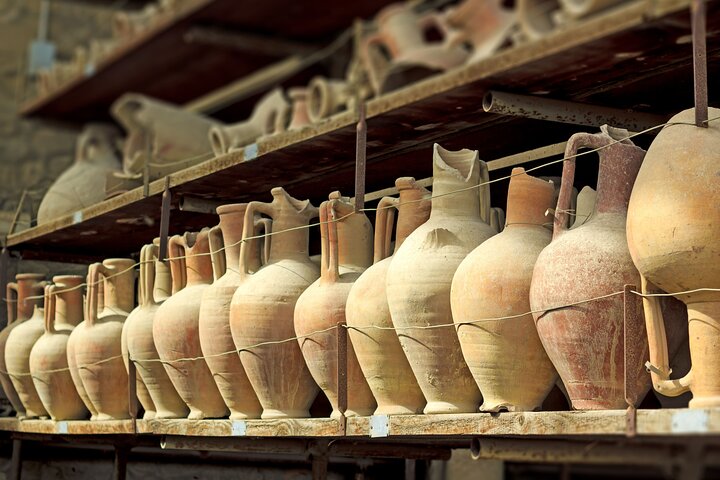Unveiling the Secrets of Pompeii and Herculaneum: A Historian’s Journey
Embarking on a journey through the ancient ruins of Pompeii and Herculaneum, I was eager to delve into the rich history preserved by the eruption of Mount Vesuvius. Join me as I explore these iconic sites with an expert archaeologist, uncovering the stories of the past.
A Journey Through Time: Pompeii’s Echoes
As a former professor of European history, the allure of Pompeii has always been irresistible to me. The city, frozen in time by the catastrophic eruption of Mount Vesuvius in 79 AD, offers a unique glimpse into the daily life of ancient Romans. Our journey began at the Porta Marina Inferiore, the gateway to this ancient world. The anticipation was palpable as we joined our guide, Paolo, an archaeologist whose passion for the site was evident from the start.
Walking through the Forum, the heart of Pompeii, I was struck by the grandeur of the Basilica, an open portico that once sheltered merchants. The Via dell’Abbondanza, the main street, stretched before us, lined with the remnants of shops and homes. Paolo’s insights into the architectural marvels, like the House of Menander and the House of the Faun, were enlightening. These residences, with their intricate frescoes and mosaics, spoke volumes about the wealth and sophistication of their owners.
However, it was the plaster casts of the victims that left a profound impact. These haunting figures, captured in their final moments, are a stark reminder of the human cost of the eruption. While Paolo touched on this briefly, I found myself yearning for more stories about these individuals, their lives, and their untimely demise.
Herculaneum: A City Preserved
After a brief respite, we boarded the Circumvesuviana train to Herculaneum. Unlike Pompeii, Herculaneum was buried under a thick layer of volcanic mud, which preserved its structures remarkably well. The transition from the bustling ruins of Pompeii to the quieter, more intimate setting of Herculaneum was striking.
Our exploration began at the beach, where over 300 skeletons were discovered, huddled together in a desperate attempt to escape the eruption. Paolo’s narration here was particularly poignant, as he described the final moments of these ancient inhabitants. The preservation of wooden structures, such as the Casa del Tramezzo di Legno, was astonishing. The charred remains of doorposts and lintels offered a tangible connection to the past.
The House of the Deer, with its marble statues, and the College of the Augustales, a center of the Emperor Augustus’s cult, were highlights of our visit. Each site revealed layers of history, from the opulent lifestyles of the wealthy to the religious practices of the time. Yet, much like in Pompeii, I found myself wishing for a deeper dive into the stories of the people who once called Herculaneum home.
Reflections and Recommendations
Reflecting on the tour, I was reminded of the importance of context in understanding history. While Paolo’s expertise was invaluable, I couldn’t help but feel that the tour could benefit from more detailed narratives about the individuals who lived and died in these cities. Their stories, though tragic, are an essential part of the tapestry of history.
For those planning to embark on this journey, I would recommend allowing ample time to navigate the logistics of the tour. The transfer between Pompeii and Herculaneum is a must, especially for those unfamiliar with the local transportation system. Clearer instructions and perhaps a guide at the train station would enhance the experience, ensuring that travelers can focus on the rich history rather than the complexities of travel.
In conclusion, the Pompeii and Herculaneum Tour was a captivating journey through time, offering a rare opportunity to walk in the footsteps of the ancients. Despite the logistical challenges, the experience was profoundly enriching, leaving me with a deeper appreciation for the resilience and ingenuity of the people of Pompeii and Herculaneum.









































